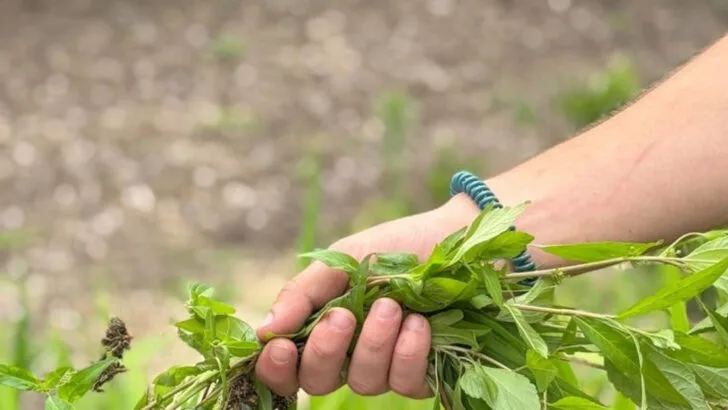Gardening seems straightforward until your plants start sending subtle signals that something’s off. You might think you’re doing everything right, but many common garden mistakes fly under the radar—unnoticed by you but definitely felt by your plants. These hidden errors can stunt growth, reduce blooms, or even invite pests without you realizing why.
Some mistakes are surprisingly easy to make, like overwatering or using the wrong soil type, while others involve habits you’ve trusted for years. What’s frustrating is that these errors often come from well-meaning advice or popular gardening myths. Your plants, however, are not fooled—they react with drooping leaves, slow growth, or yellowing stems.
This guide reveals 17 mistakes you might be making every season and, more importantly, how to fix them so your garden thrives like never before. Once you know what to watch for, you’ll see your plants reward you with vibrant health and beauty.
Overwatering
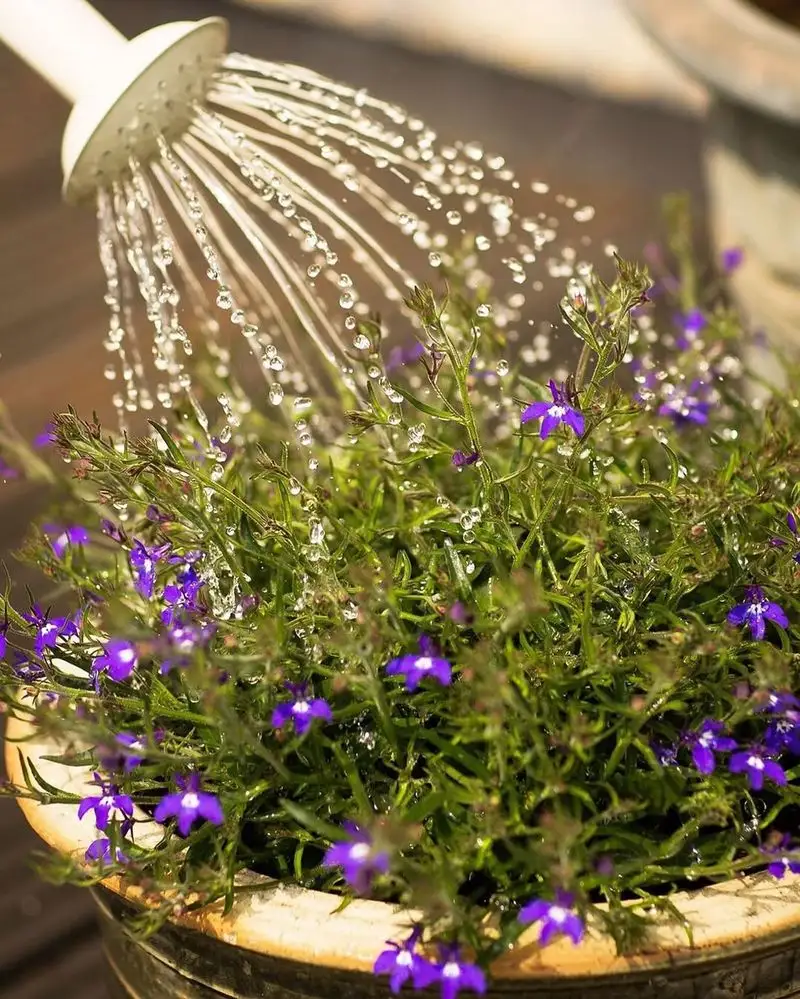
Some plants can’t swim! Overwatering is one of the most common mistakes gardeners make. Excess water can drown roots, leading to root rot and other issues. Ensure your pots have proper drainage holes and avoid watering unless the top inch of the soil is dry. It’s better to have slightly dry soil than soggy roots, as most plants can tolerate drought better than overwatering. Think of it as giving your plant a refreshing drink rather than an endless bath. Remember, less is sometimes more when it comes to keeping your green friends happy.
Planting Too Deep
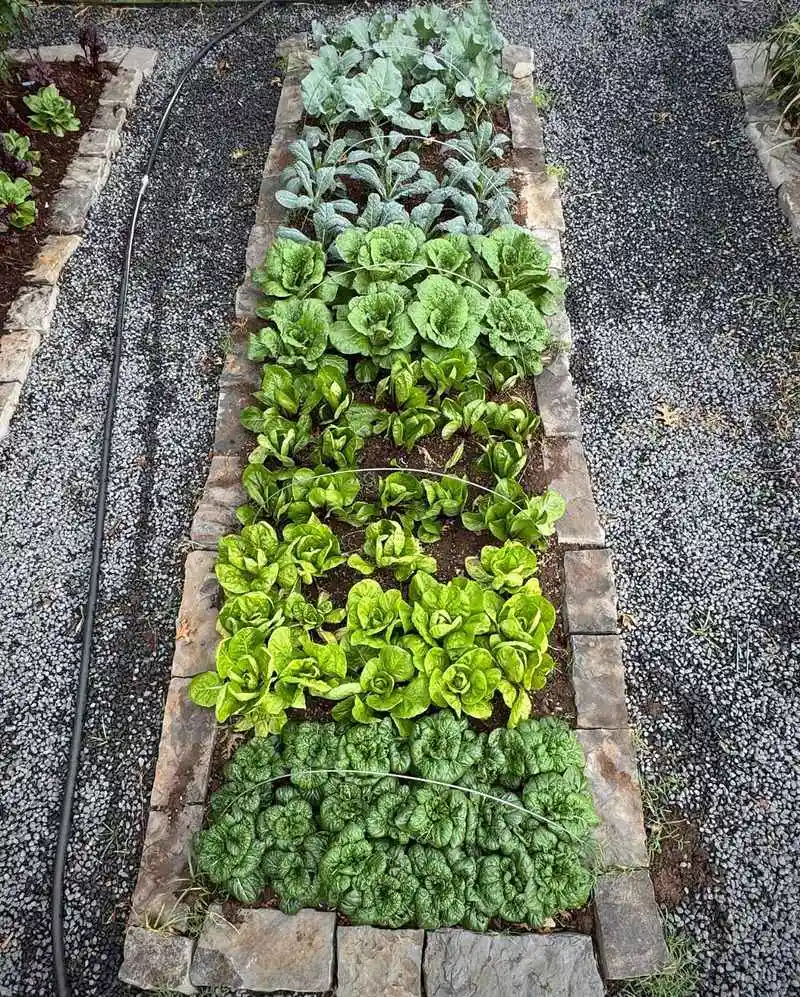
When it comes to planting depth, more isn’t merrier. Burying seeds or seedlings too deep can stunt their growth or even prevent germination. Plants need access to sunlight and air, so ensure they’re only as deep as recommended on the seed packet. For most plants, a shallow planting can encourage better root development and quicker sprouting. Think of it as giving them a head start towards the surface. If you’re unsure, err on the side of caution with a lighter touch when covering. Positioning is key for budding success.
Ignoring Soil Quality
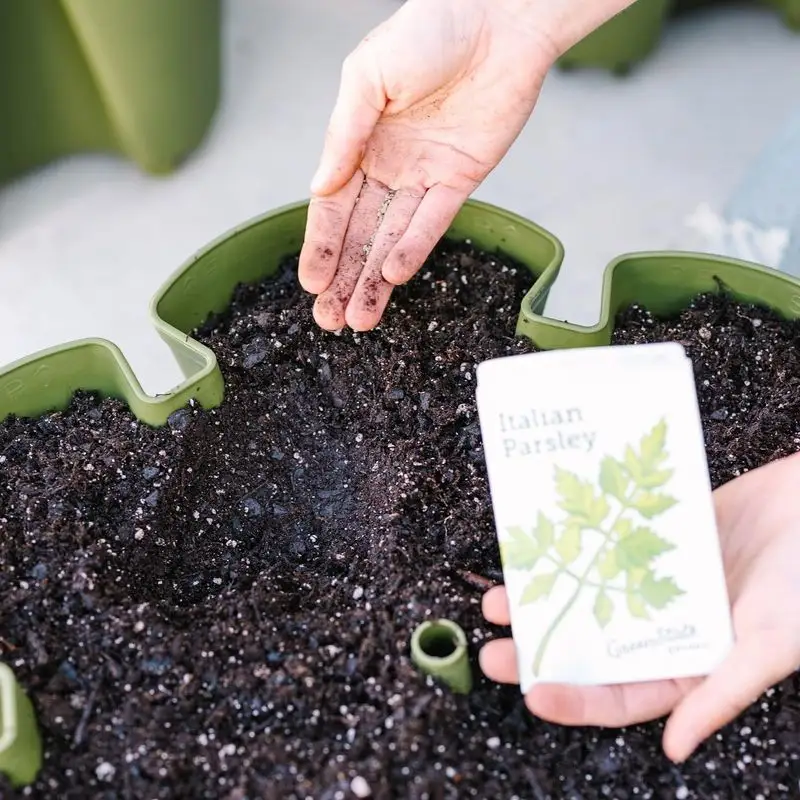
Soil isn’t just dirt; it’s a living ecosystem. Ignoring its quality can hinder plant health. Nutrient-rich, well-draining soil is crucial for growth. Conduct a soil test to determine pH and nutrient levels. Adding organic matter like compost can boost fertility and improve texture. Neglecting this aspect is like building a house on a shaky foundation. With the right soil, plants thrive, showing vibrant colors and robust growth. Consider the soil’s needs as essential as the plants you wish to cultivate. It’s the secret to a flourishing garden.
Crowding Plants

Elbow room isn’t just for humans! Crowding plants can lead to competition for light, water, and nutrients, stunting growth. Ensure each plant has enough space to breathe and expand. Refer to spacing guidelines on seed packets or plant tags. This isn’t just about aesthetics; it supports healthy development. Adequate spacing allows for better airflow, reducing the risk of fungal diseases. It’s about finding that sweet spot where plants can thrive without stepping on each other’s toes. Give them space to spread their roots and flourish.
Neglecting Pruning
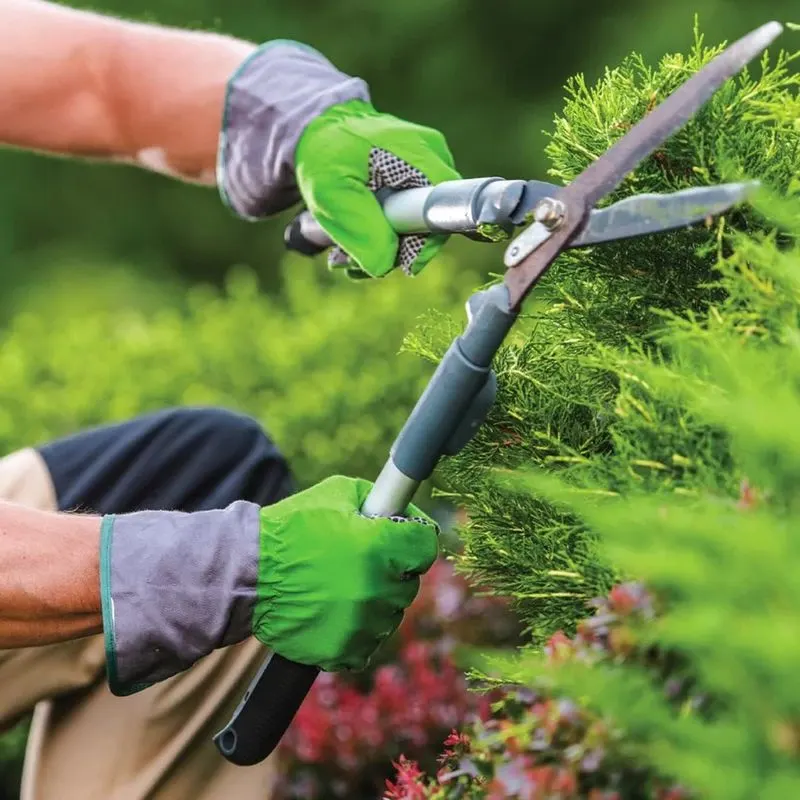
Pruning isn’t just a haircut for your plants; it’s vital for their health. Allowing plants to grow unchecked can lead to weak limbs and poor flowering. Regularly trimming dead or diseased branches encourages stronger growth and better blooms. Think of it as tidying up, making room for new growth. It’s a task that can rejuvenate plants, promoting efficiency and beauty. Like a good spring cleaning, careful pruning breathes life into your garden. Don’t let those shears gather dust; your plants will appreciate the attention.
Ignoring Pest Problems

Out of sight isn’t out of mind when it comes to pests. Ignoring them can lead to infestations, damaging plants beyond repair. Regularly inspect leaves and stems for signs of trouble. Early detection allows for eco-friendly treatments like neem oil or insecticidal soap. It’s like catching a cold early to prevent the flu. Addressing pests promptly keeps your garden healthy and bountiful. Being proactive ensures that small issues don’t snowball into bigger problems. Keep a vigilant eye on your green companions to safeguard their well-being.
Wrong Plant, Wrong Place
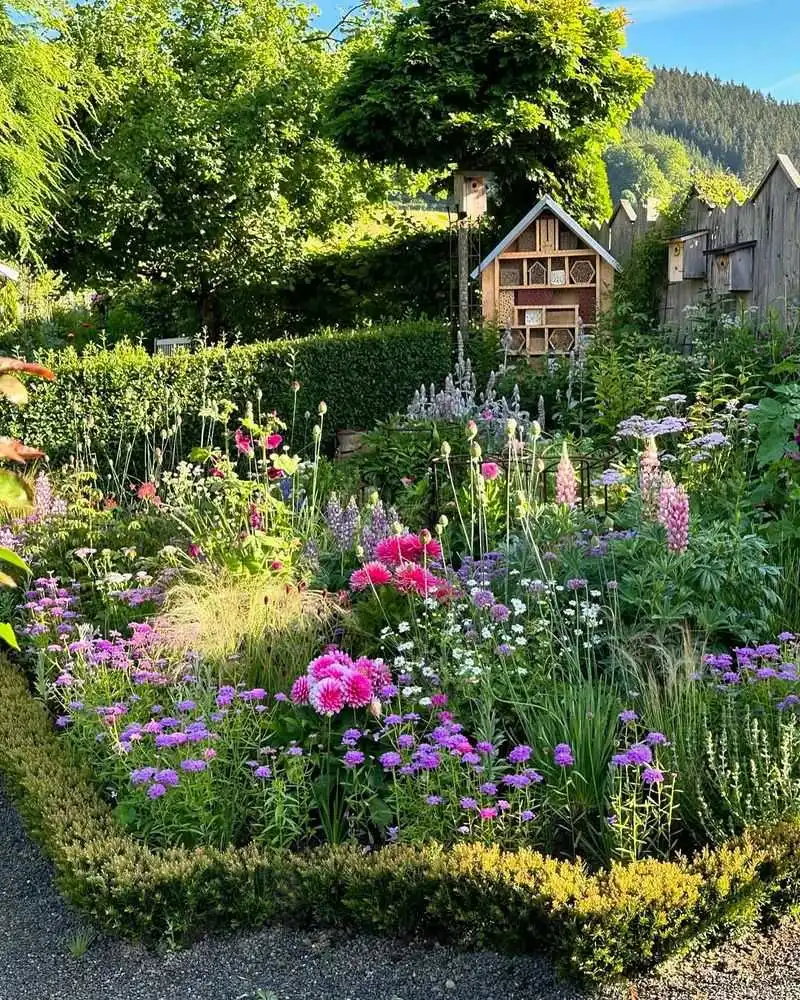
Not all plants are created equal, especially in terms of location. Planting a sun-loving plant in shade or a moisture-loving plant in dry soil can spell disaster. Research your plant’s specific needs before assigning it a spot. Consider sun exposure, soil type, and climate suitability. Think of it as matching personalities; some plants are introverts needing shade, while others bask in the sun. Making informed decisions helps plants thrive in harmony with their environment. It’s about respecting their unique preferences for the best results.
Skipping Crop Rotation

If your vegetables aren’t thriving, it might be time to switch things up. Skipping crop rotation can deplete soil nutrients and increase pest and disease risk. Rotating crops from different families annually can invigorate the soil and disrupt pest life cycles. It’s akin to rotating tires for even wear. Keeping your planting map varied encourages a dynamic ecosystem beneath the surface. This practice enhances soil health, resulting in more bountiful harvests. Don’t let your garden get bored; diversity is the spice of life here too!
Forgetting Mulch
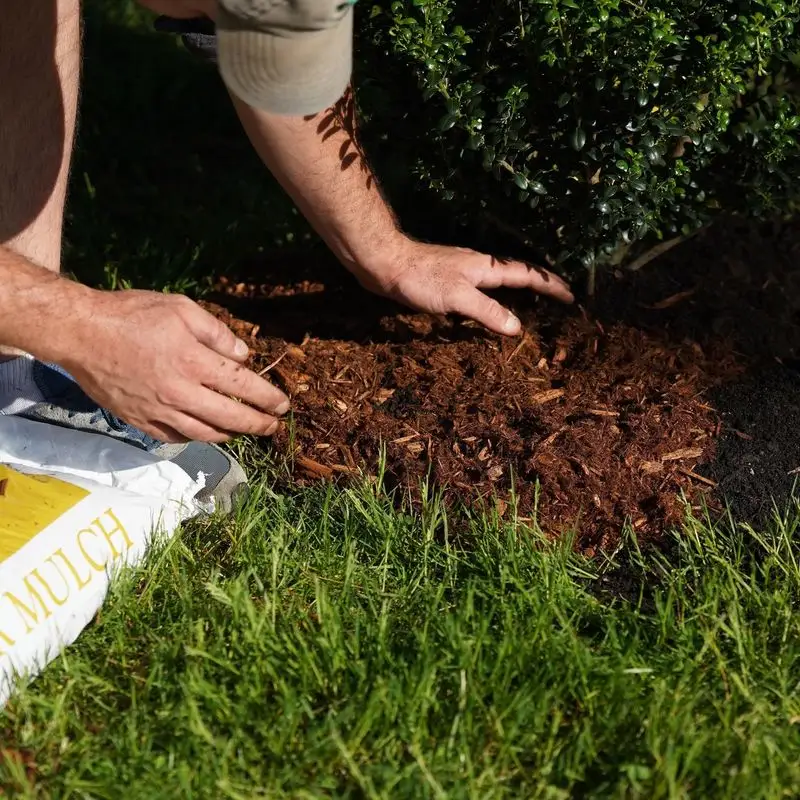
Mulch isn’t just a blanket for soil; it’s an essential garden tool. Forgetting to mulch can leave soil exposed to erosion, moisture loss, and temperature swings. Applying a layer of organic mulch helps retain soil moisture, suppress weeds, and regulate temperature. Think of it as giving your plants a cozy cover to thrive under. It reduces the need for frequent watering and protects roots from harsh conditions. Mulching is a simple step that provides significant benefits, fostering a healthier garden environment.
Using Chemical Fertilizers Excessively

A heavy hand with fertilizers can do more harm than good. Excessive use of chemical fertilizers can lead to nutrient imbalances, soil degradation, and water pollution. Opt for organic alternatives or controlled-release options to nourish plants responsibly. It’s like seasoning a dish; a little goes a long way. Understanding your plant’s specific nutrient needs helps create a balanced feeding regimen. Over-fertilizing is like overindulging, leading to bloated, unhealthy gardens. Aim for moderation to maintain a vibrant, sustainable garden.
Ignoring Weeds

Weeds aren’t just unsightly; they compete with your plants for resources. Ignoring them can lead to a tangled mess that impacts growth. Regular weeding keeps your garden looking neat and ensures plants get the nutrients and space they need. It’s like decluttering a room; less chaos means more room to flourish. Consistent attention to weeds prevents them from becoming a bigger issue. With minimal effort, you can maintain a clean, productive garden space that allows your plants to shine.
Neglecting Seasonal Changes

Seasons change, and so should your gardening habits. Neglecting to adapt can leave your plants vulnerable to weather extremes. Each season calls for specific care routines—like protecting plants from frost or providing shade during summer. It’s like dressing appropriately for the weather. Being attuned to seasonal shifts ensures your garden remains resilient and thriving year-round. Preparing in advance helps mitigate risks and supports ongoing growth. Embrace the cycle of nature to nurture a vibrant, ever-evolving garden environment.
Overlooking Companion Planting

Some plants are best friends, others… not so much. Overlooking companion planting can lead to reduced yields and increased pest problems. Understanding which plants support each other can create a thriving ecosystem. It’s like pairing fine wine with the right cheese for a delicious experience. Companion planting encourages natural pest control and boosts productivity. It’s about finding the perfect partnerships for mutual benefits. Don’t miss out on this simple yet effective strategy to enhance your garden’s health and yield.
Using Non-Native Species

Introducing non-native plants can disrupt local ecosystems, often leading to pest problems or poor growth. Native species are adapted to the local climate and soil, requiring less maintenance. It’s akin to wearing the right outfit for the occasion. Non-native plants might look appealing but can sometimes become invasive, outcompeting local flora. Sticking to native species supports biodiversity and ensures success. Consider this approach a nod to the wisdom of nature, embracing what naturally thrives in your area.
Improper Tool Maintenance

Your tools are the unsung heroes of your garden efforts. Neglecting their maintenance can lead to inefficient gardening and even plant damage. Regularly clean, sharpen, and oil tools to keep them in top condition. Think of it as tuning a musical instrument; well-maintained tools make the gardening experience more harmonious. Proper care prolongs their lifespan, ensuring you’re always ready for the next planting season. Investing time in tool upkeep can save effort and enhance your gardening prowess.
Ignoring Plant Labels

Those little labels aren’t just for decoration. Ignoring them can lead to misplaced plants and unmet needs. Plant labels provide essential information about light, water, and spacing requirements. It’s like having a cheat sheet for optimal growth conditions. Paying attention to labels helps create a well-organized, thriving garden. Proper placement according to these guidelines ensures each plant has the best chance to flourish. Don’t underestimate the power of a label; it’s your garden’s user manual for success.
Neglecting Pollinators
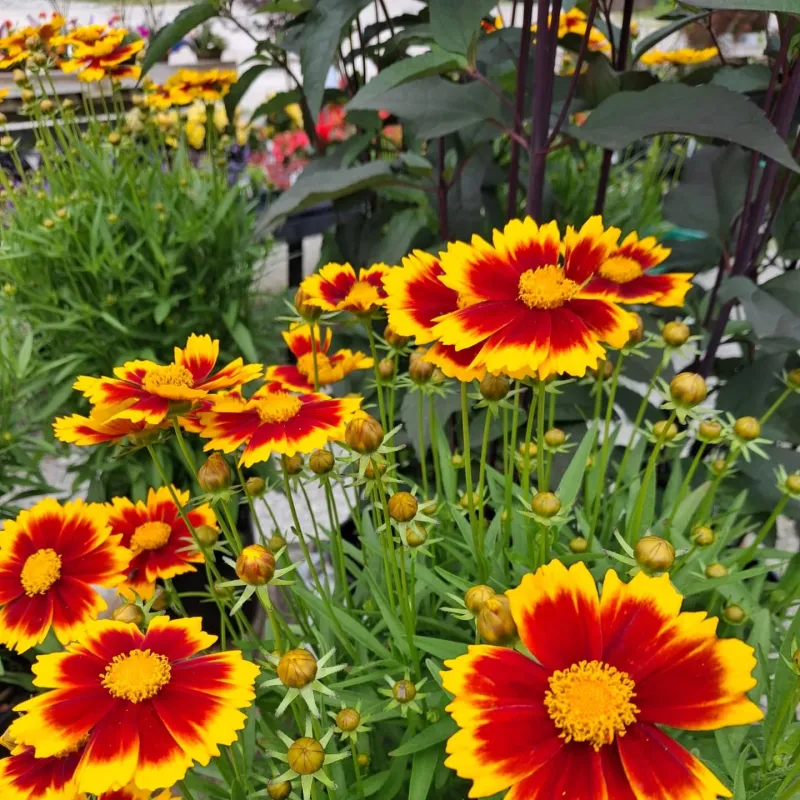
Pollinators are vital for a flourishing garden, yet often overlooked. Neglecting to attract them can lead to poor plant reproduction and low yields. Include a variety of flowers to entice bees, butterflies, and other pollinators. It’s like inviting guests to a party; the more, the merrier. Creating a pollinator-friendly garden enriches the ecosystem and boosts productivity. Consider it a small effort with big rewards, ensuring your garden thrives with life and color. Celebrate these crucial contributors by making them feel welcome.

